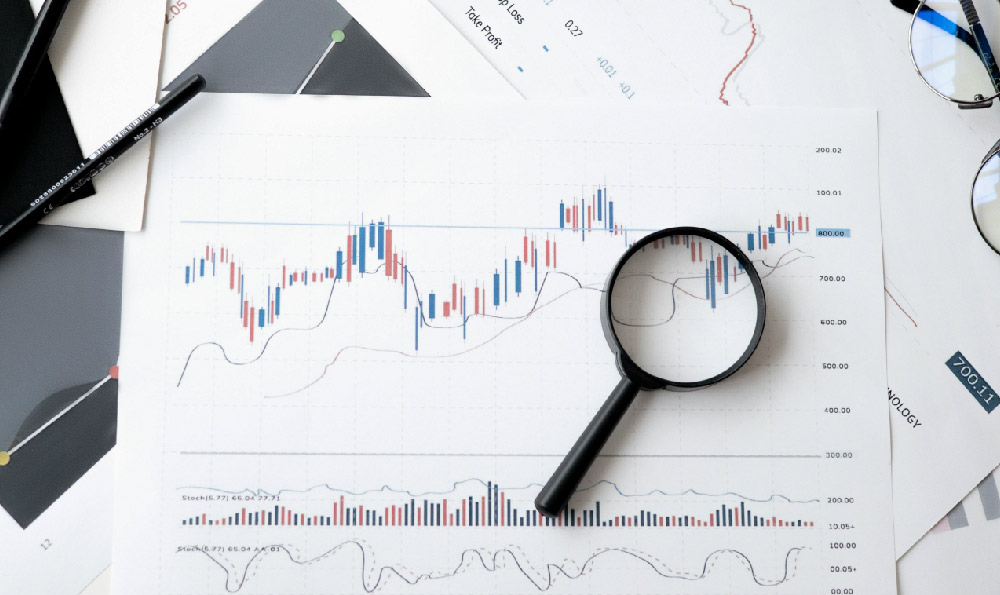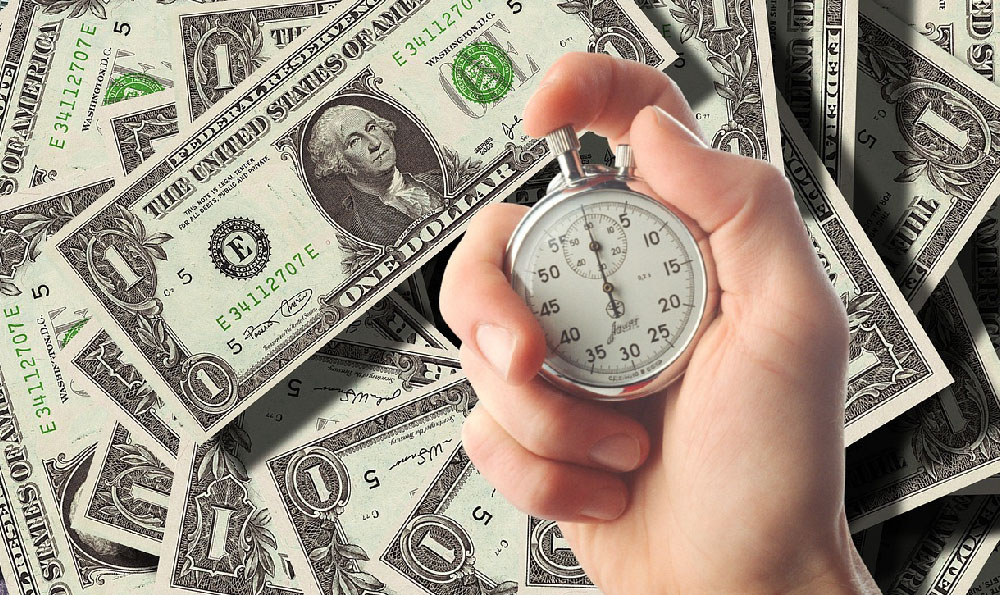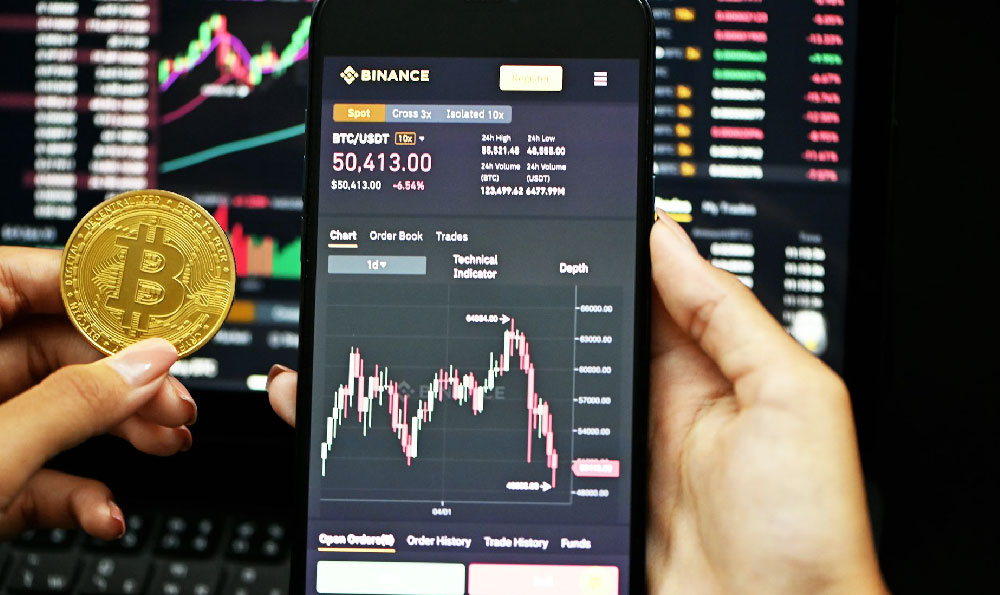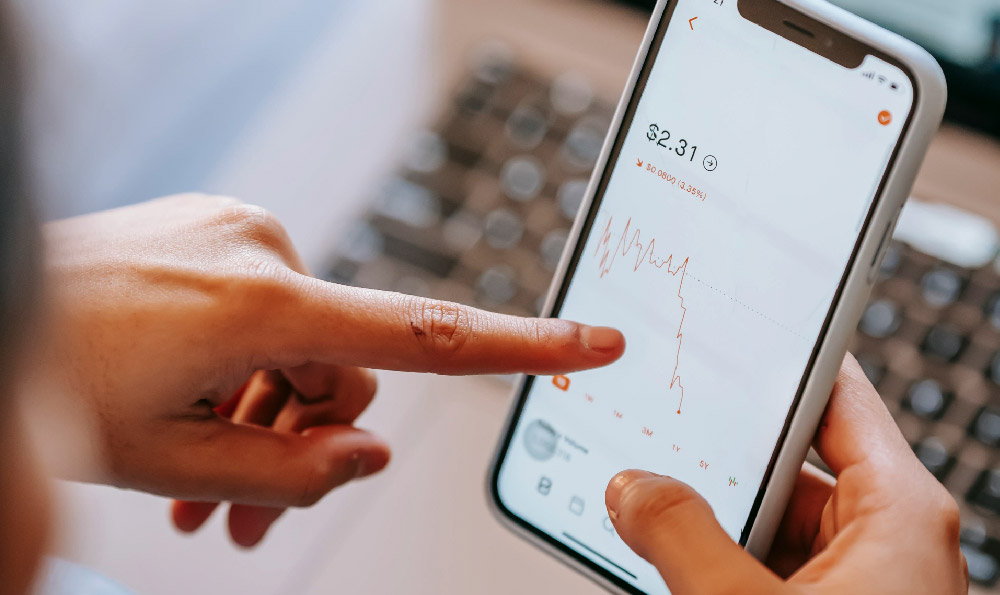
Navigating the world of music streaming revenue can feel like trying to decipher an ancient scroll. The question of how much Spotify pays artists is deceptively simple on the surface, yet the reality is a complex web of calculations, variables, and ongoing debates. It's a question that impacts not just globally renowned artists, but also independent musicians striving to make a living from their craft. While there's no single, universally agreed-upon figure, understanding the influencing factors allows us to shed light on the mechanics of artist compensation.
Spotify doesn't pay artists directly per stream in a straightforward manner. Instead, it aggregates all revenue generated from subscriptions and advertising, then distributes a percentage of that revenue to rights holders. These rights holders, which include record labels, publishers, and distributors, then pay the artists based on their individual agreements. This process immediately introduces the first layer of complexity.
The amount an artist ultimately receives from Spotify depends on a multitude of intertwined factors. One of the most significant is the artist's relationship with a record label. Artists signed to major labels typically receive a smaller percentage of royalties compared to independent artists who control their own rights. This is because the labels have invested significant resources in production, marketing, and distribution, justifying their larger share. Independent artists who distribute their music through independent distributors like CD Baby, DistroKid, or TuneCore often retain a much larger percentage, sometimes up to 90% or more, but bear the responsibilities and costs associated with promotion and marketing.
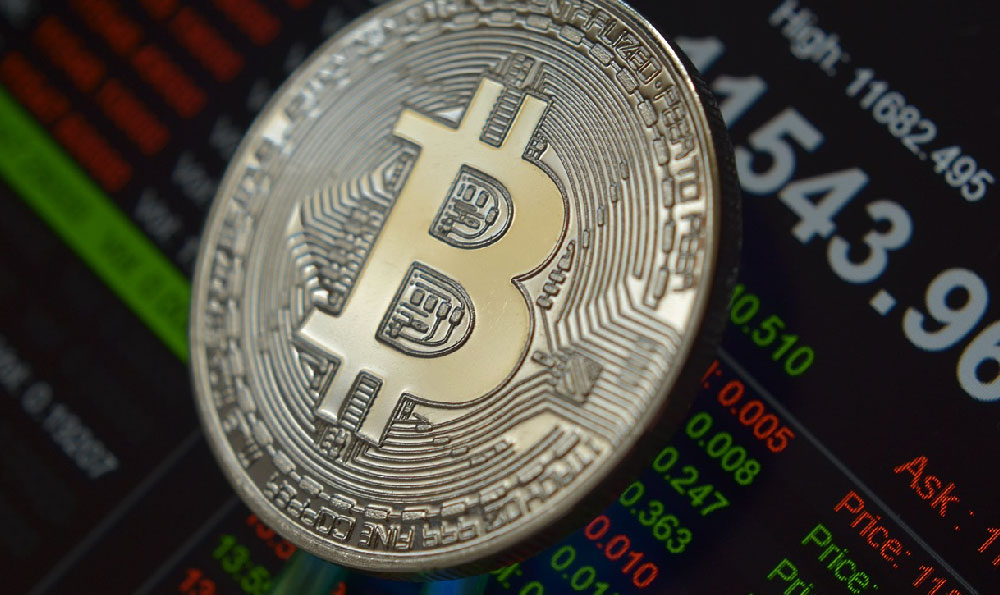
Another critical factor is the country of origin of the streams. Spotify's payout rates vary significantly from region to region. Streams from developed countries like the United States, Canada, and Western Europe generally generate higher royalty payments than streams from developing countries in Asia, Africa, or Latin America. This difference is primarily due to the varying subscription prices and advertising revenue generated in each region. A stream from a premium subscriber in the US is inherently more valuable to Spotify than a stream from a free user in India, where subscription costs might be significantly lower.
The type of Spotify subscription also plays a role. Streams from premium subscribers are generally worth more than streams from free users who listen with advertising. Premium subscribers contribute directly to Spotify's revenue through their monthly fees, a portion of which is then allocated to artists. Free users, on the other hand, contribute through advertising revenue, which tends to be lower per stream. This disparity underscores the importance of encouraging listeners to convert to premium subscriptions, as it directly benefits artists through higher royalty payments.
Furthermore, the listener's listening habits impact royalty payments. Spotify implements a fraud detection system to prevent artificial streams generated by bots or paid services. Legitimate streams from real users who actively discover and enjoy music are more valuable than streams that appear suspicious or inauthentic. Spotify also looks at the concentration of streams. If a single user is responsible for a large percentage of an artist's streams, it might raise red flags and could lead to deductions in royalty payments.
Beyond these core factors, contractual agreements play a crucial role. Artists' contracts with record labels and distributors specify the royalty rates, the percentage of revenue they receive, and the terms of payment. These agreements can vary significantly depending on the artist's negotiating power, their level of success, and the specific terms of the deal. Carefully reviewing and understanding these contracts is essential for artists to ensure they are receiving fair compensation.
Another layer of complexity arises from the changing landscape of music licensing. Negotiations between Spotify and major record labels are constantly evolving, and the outcomes can significantly impact royalty rates. As music consumption patterns shift and new technologies emerge, the terms of these agreements are continually re-evaluated, which introduces uncertainty into the long-term earning potential for artists. The rise of AI generated music, for example, adds further complexity to copyright and royalty distribution.
To navigate this intricate system and maximize their earning potential, artists can employ several strategies. Building a strong online presence and actively engaging with fans can drive organic streams and increase their overall visibility. Promoting their music through social media, email marketing, and collaborations with other artists can expand their reach and attract new listeners. Optimizing their music for search engines and creating compelling playlists can also improve discoverability on Spotify. Diversifying revenue streams beyond Spotify is critical. Selling merchandise, offering exclusive content through platforms like Patreon, performing live shows, and licensing their music for film, television, and video games can provide additional sources of income and reduce their reliance on streaming royalties.
Transparency remains a significant challenge in the music streaming industry. Artists often struggle to understand the complexities of royalty calculations and to accurately track their earnings. Advocacy groups and industry organizations are pushing for greater transparency from streaming platforms, advocating for clearer reporting and more equitable distribution of revenue. Initiatives aimed at empowering artists with data and insights can help them make informed decisions about their careers and negotiate fair deals with record labels and distributors.
In conclusion, while pinpointing a precise dollar amount per stream is elusive, understanding the various factors influencing Spotify's payout rates empowers artists to navigate the streaming landscape more effectively. By focusing on building a dedicated fanbase, diversifying revenue streams, and advocating for greater transparency, artists can increase their earning potential and build sustainable careers in the ever-evolving music industry. The path to financial success as a musician in the digital age requires a combination of artistic talent, business acumen, and a willingness to adapt to the changing dynamics of the music ecosystem. The key is to view Spotify, and other streaming platforms, as just one piece of a larger puzzle, rather than the sole source of income.
